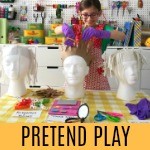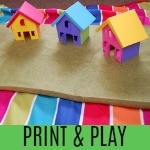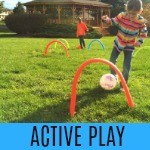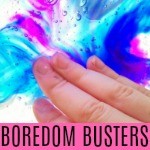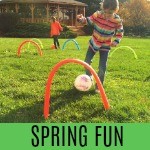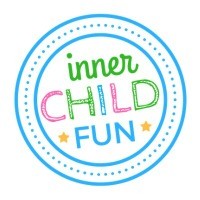Did you know that many items from around your kitchen can be very useful learning tools? With a little creativity, it is easy to help your child learn with common household items you probably already have on-hand! Here are some of our favorite Montessori-inspired ways to learn with kitchen items:

Ice Cube Trays
Use for sorting, patterning, counting, or Montessori-inspired transferring activities.
Straws
Don’t have beads on-hand? Cut up straws to use as beads for lacing and developing fine motor skills!
Measuring Cups
These can be used in the bath tub, or set up a bowl of water and some measuring cups on a baking sheet for your child. As he practices his transfer and pouring skills, it may be a good time to introduce him to fractions!
Kitchen Sponges
Cut new kitchen sponges into shapes to make your own sponge blocks. Kids can practice building and working on fine motor skills and hand-eye coordination. Added bonus — this is a great activity for “quiet time”! Sponges can also be used for Montessori-inspired transfer activities to move water from one small bowl to another.
Dried Beans, Noodles, Dried Rice, Popcorn Kernels, Candy, Cereal, and Fruit Snacks
Beans, noodles, candy, cereal, and fruit snacks an be used for counting, sorting and patterning. Take the lesson a step further with a short lesson on graphing. Who knew so many learning tools could be found in the pantry? Note — you may want to store these items separately and use them exclusively for learning so they can be used over and over again to minimize food waste. Dried rice, popcorn kernels, dry oatmeal, or dried beans can be used for sensory bins too!
Plastic Containers
Plastic containers are great for stacking and placing in order from smallest to largest. Make a simple learning game for your child by placing an object inside of the box and giving them three clues about it. Can they guess what’s inside?
Bread Tags
Invite the kids to try lacing bread tags onto a cotton string. This is a great way to develop hand-eye coordination while staying focused on a task!
Spray Bottles
Using spray bottles is great exercise finger muscles. Give your child a specific target (a pyramid of paper cups, for example) and he can work on developing hand-eye coordination too.
Kitchen Tongs
Children can use kitchen tongs as a way to introduce Montessori-inspired transferring activities. Using tongs improves hand-eye coordination and fine-motor skills.
